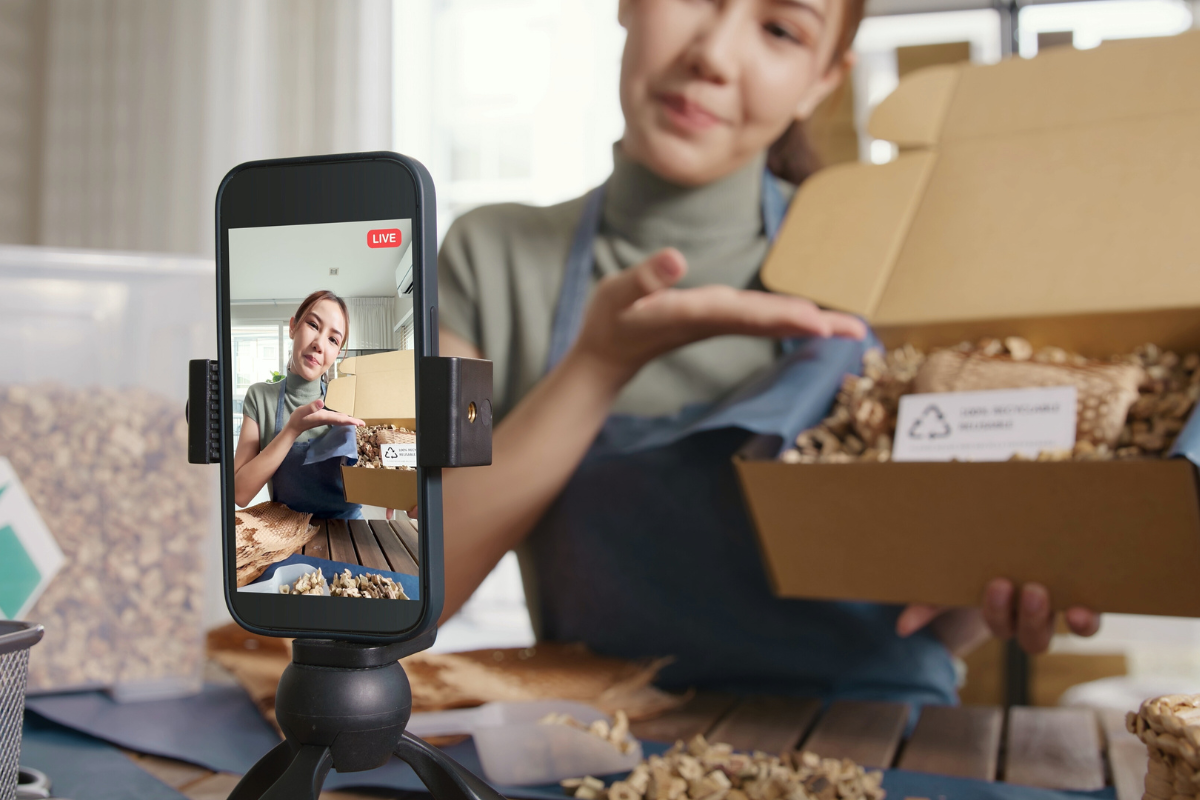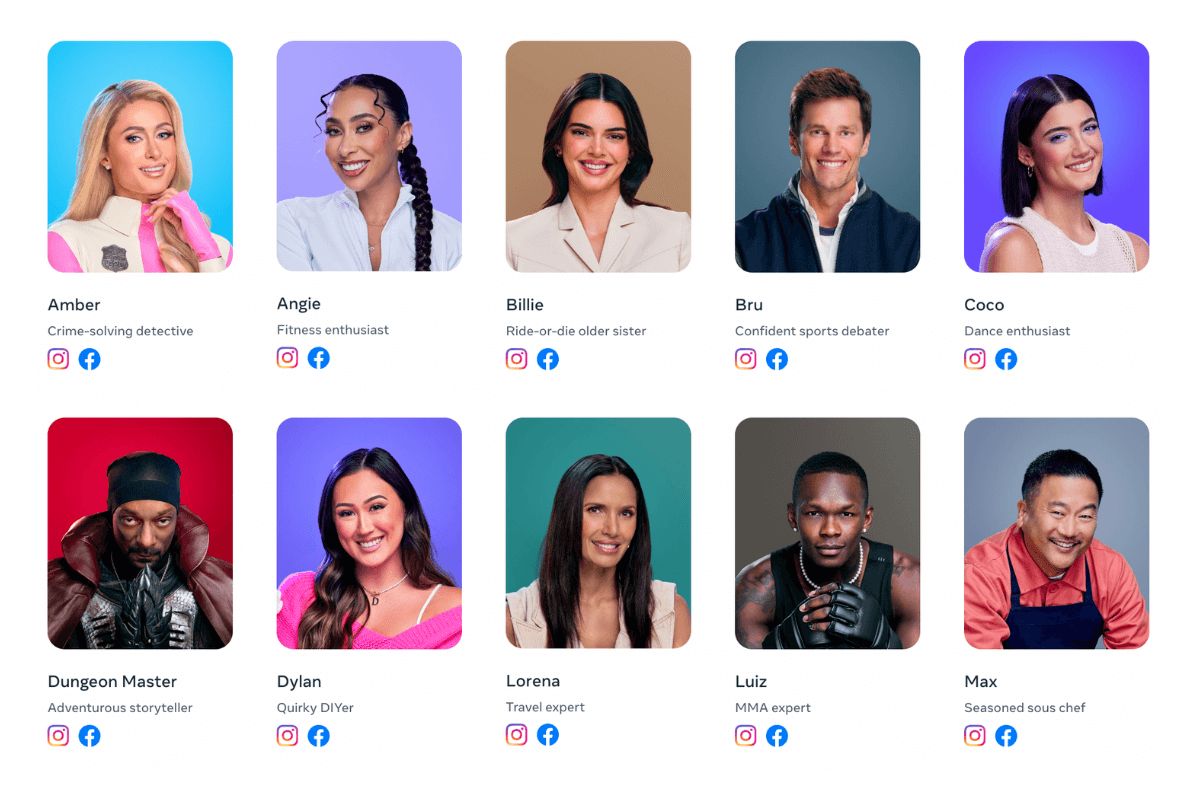The world of social media is constantly evolving with new platforms, content types, and ways for brands to interact with their potential customers. The creator economy is already a huge industry and is only expected to grow even further — with a projected value of $480 billion by 2028. As a result, both influencers and brands will need to embrace changes and adapt quickly to stay on top.
What will the influencer marketing landscape look like in 2024, and how can brands adapt to these shifts? Without further ado, let us delve in!
Influencer marketing — over or not?
Social media users are exposed to a never-ending stream of influencers whose content follows mostly the same overly polished aesthetic. If you see an influencer with a big following posing in a perfectly curated and clean kitchen, instinctively you will know it is a collaborative post for a food product. Alternatively, if the same influencer happens to post a perfect selfie in the gym — there is a high chance that on the next tap, you will see them eating a protein pudding with an affiliate discount link slapped across the screen. And it works — which is why we notice an increase in the numbers of influencers emerging.
The debate over market saturation remains ongoing and likely to persist. However, this is not a sign of the upcoming demise of influencer marketing, but a major shift both brands and influencers will need to adapt to in order to stay competitive.

Easy on the aesthetics, big on authenticity
While aesthetics can attract attention, authenticity is what makes users stay. Influencers put in extra effort and time to build and cultivate connections with their followers, so they know they cannot rely on aesthetics alone. To differentiate themselves, they will be less likely to curate personas, and more likely to leverage authenticity and show off their unique personality in order to connect with their audiences and build strong communities around their personal brand. People are naturally drawn to authenticity because it is imperfect and human thus relatable. This shift is reflected in their content, which no longer relies on high production values and perfection, but rather on relaxed, everyday content.
While it can appear effortless in comparison to previous influencer trends, it is definitely not. Influencers will have to come up with creative ways to stand out and be strategic about product placement and promotion, connecting only with brands and products that resonate with their brand and community.
Collaborating with niche influencers
Rather than relying on communicating their message to massive audiences, brands will focus on making niche targeting a part of their marketing strategy. By collaborating with nano-influencers and micro-influencers in specific niches, brands are able to reach highly engaged audiences. So much so, that 39% of brands reported choosing nano-influencers as their most likely partners, followed by 30% opting for micro-influencers. On the contrary 19% of the surveyed brands opted for macro-influencers and only 12% went for celebrity influencers.
With a higher demand for niche influencers, we can expect that brands will focus on fostering long-term partnerships with micro-influencers. There are multiple reasons for this type of collaboration, but it ultimately comes down to one thing: it takes time to make a sale.
This sort of a long-term approach will allow influencers to seamlessly integrate brands into their storytelling over a longer period of time showing genuine support of the brand they chose to partner with, rather than occasional and random bursts of promotional content that does not align with their regular content. On the other hand, brands will get more sustainable exposure and have their product or service be related to an influencer that shares their values. Above all, running a long-term marketing campaign with a particular influencer will generate more effective results than a short marketing campaign.
Influencers transforming e-commerce with livestreaming
Live shopping streaming has emerged as a popular sales and marketing method, spreading from China after its initial boom to other parts of the world. The selling takes place on social media platforms that people usually spend their free time on, making it easier for brands to reach their target audience.

Users can interact with the influencers in real time to inquire about the product, view a live demonstration, and exchange reviews allowing them to get to know the product well before making a purchase, which can lead to a decrease in returns.
Influencers who are comfortable with live streaming know how to engage and entertain their audience to make the shopping experience pleasant and easy-going. As it is happening in real time, they are likely to drift away from the script and allow space for spontaneity. That, in addition to filming with a mobile camera in a low-fi setting, signals authenticity to the audience, making them more likely to make a purchase.
How is AI impacting traditional influencer marketing?
As with other domains of the industry, AI has found its place in the influencer marketing world. Influencers and creators often use AI tools in their campaigns to help them generate ideas, predict performance and maintain brand consistency. Brands can make use of it for discovering influencers that are a great fit by analyzing a vast amount of social media data and protect themselves from frauds.
Moreover, this year we were introduced to AI Meta Personas — AI-generated influencer avatars that allow users to interact with digital copies of their favorite influencers and celebrities. Although brands are opting to test AI-generated influencer avatars, we do not think they will fully replace the original influencer accounts. However, they will shift users’ expectations of influencers, as AI-generated influencers will offer new, highly-personalized experiences to users.

Source: Meta
Is influencer marketing worth it?
Not only does collaborating with influencers help you establish social proof, boost your brand awareness, and make it easier for you to reach your target audience, it also helps boost your sales. This is because the community around influencers is built around trust, so if they vouch for your product, their audience is highly likely to trust them. Depending on your brand, influencer marketing can be a great addition to your marketing mix.
Given the extensive data involved in managing influencer collaborations, it is crucial to have a professional interpret it. A professional is used to handling and analyzing the extensive data involved in influencer marketing campaigns on the go and quickly come up with solutions for enhancing the results of your campaigns. If you are considering influencer marketing for your brand and need assistance, our team is here to help.



